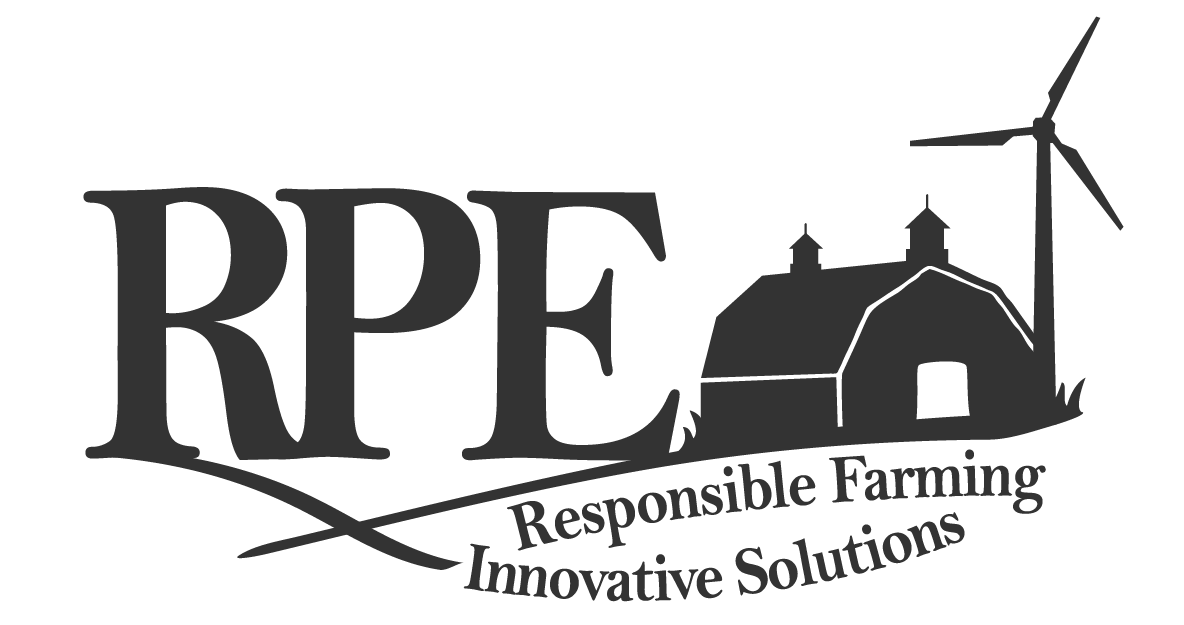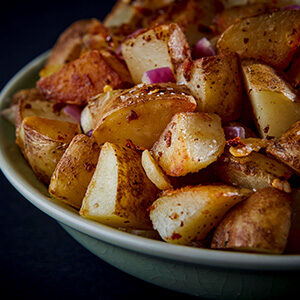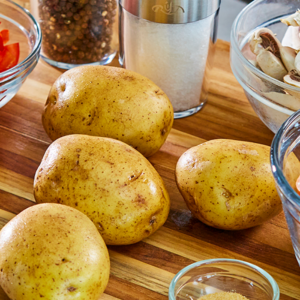Fewer Americans are participating in lunch, and evening dinner
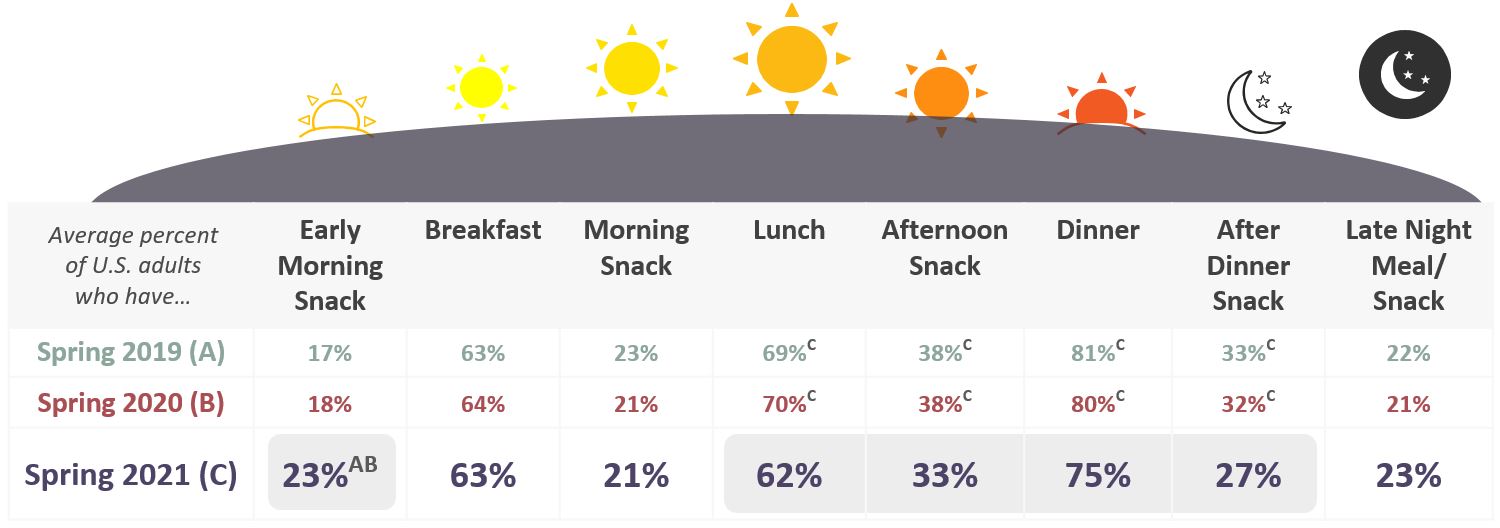
This spring, the basic rhythm of eating through the day shifted, significantly differing from Spring 2020 (which was consistent with pre-pandemic behaviors in Spring 2019). Fewer Americans are participating in lunch, afternoon snack, dinner and after dinner snack occasions, yet early morning snack occasions appear to be playing a more important role, as more Americans are now consuming food and/or beverages earlier in the day. The average number of eatings across the day has also declined, from 4.1 in spring 2020 down to 3.9 in spring 2021 (a small, but statistically significant drop).
Potato Market Update
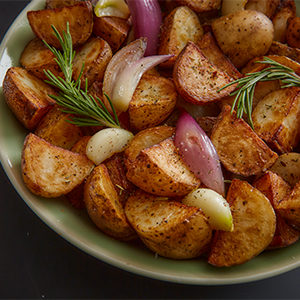 Demand for all sizes of russet potatoes is somewhat slow in spite of favorable pricing. Larger size russet potatoes are becoming more available in all shipping regions, as growers progress through the harvest season.
Demand for all sizes of russet potatoes is somewhat slow in spite of favorable pricing. Larger size russet potatoes are becoming more available in all shipping regions, as growers progress through the harvest season.
Growers across the country are shipping new crop red potatoes. We are monitoring the market as weather events throughout the season made some impacts on yields and quality.
All shipping regions are up and running new crop yellow potatoes with excellent quality. Pricing is at a seasonal low.
Not much has changed the white potato market. Demand continues to center around the north and southeast regions with a majority of the availability coming from the northeast.
Fingerling potatoes are available and ready for your promotions. Contact your RPE sales representative for details!
Onion Market
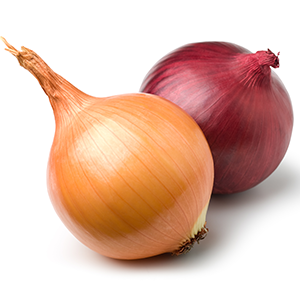 Storage onion harvest is in full swing in the Columbia Basin and Idaho! Growers are seeing an overall reduction in size profile and yields on both red and yellow onions. The market is reflecting this with elevated pricing on jumbo-size onions and larger. This year’s crop experienced an unusually hot summer in addition to weeks of wildfire smoke. Harvest will continue into next month, stay tuned for more updates!
Storage onion harvest is in full swing in the Columbia Basin and Idaho! Growers are seeing an overall reduction in size profile and yields on both red and yellow onions. The market is reflecting this with elevated pricing on jumbo-size onions and larger. This year’s crop experienced an unusually hot summer in addition to weeks of wildfire smoke. Harvest will continue into next month, stay tuned for more updates!
Pricing and demand remain very strong on jumbo, colossal and super-colossal-sized onions. Medium and smaller-sized onions are in excellent supply from most growers.

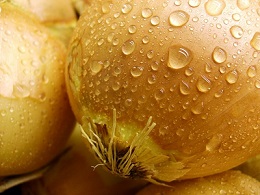 Humidity and Moisture: Onions will have a much longer shelf life if the proper climate is maintained. Onions stored at a temperature between 50 and 65 degrees Fahrenheit with very low humidity (below 70 percent), will last much longer on the shelf and in storage than onions subjected to drastic climate changes. For example, temperature fluctuations will cause the onions to sweat. Onions that are subjected to moisture will start to break down in as little as 24 hours.
Humidity and Moisture: Onions will have a much longer shelf life if the proper climate is maintained. Onions stored at a temperature between 50 and 65 degrees Fahrenheit with very low humidity (below 70 percent), will last much longer on the shelf and in storage than onions subjected to drastic climate changes. For example, temperature fluctuations will cause the onions to sweat. Onions that are subjected to moisture will start to break down in as little as 24 hours.
One problem usually associated with moisture is black mold, which in itself can cause other problems. Black mold can, and in most cases will, cause external decay such as slippery skin and/or sour skin. Allowing the outer scales of an onion to become wet puts the other onions it may come in contact with at risk. Decay due to black mold can begin within 24 hours after exposure. Black mold is an airborne spore and can travel quickly, especially in humid conditions.
There are control methods to prevent the spread of black mold and decay on onions that are damp or that exhibit visible signs of moisture:
- Maintain storage temperature between 50 and 65 degrees in a well-ventilated room with circulated dry air.
- Stack the pallets to allow better airflow.
- Remove onions from the lot that are affected with black mold to prevent contact with unaffected product.
